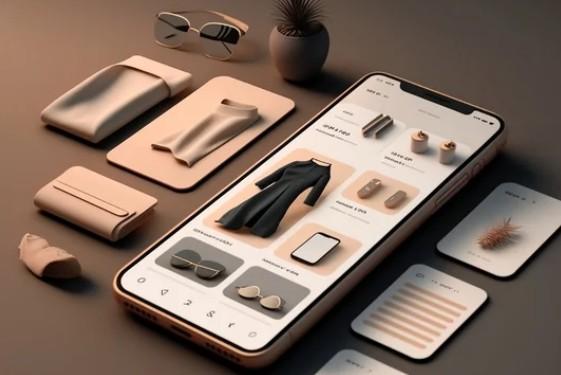Launching an online store is quick, but designing one that converts visitors into buyers requires finesse. E-commerce web design is about creating a smooth, trustworthy experience that drives purchases. If you’re collaborating with a web designer or a web design agency, these are the critical features your store needs to thrive.
1. Seamless Navigation
Shoppers should find their way around your site instantly.
- Use a concise top menu with core categories.
- Limit menu items to 7 or fewer for clarity.
- Include a search bar with autocomplete functionality.
Clear navigation keeps users engaged and reduces bounce rates.
2. Mobile-Centric Design
Mobile shopping dominates. Your store must prioritize small screens.
- Optimize for effortless vertical scrolling.
- Use large, tap-friendly buttons.
- Ensure checkout works seamlessly across devices.
Ask your web design agency to test on real smartphones, not just emulators.
3. Ultra-Fast Load Times
A site that loads in over 3 seconds risks losing customers.
- Compress images using formats like WebP.
- Minimize third-party scripts and plugins.
- Leverage a content delivery network (CDN).
Speed is vital for user satisfaction and SEO performance.
4. Product Pages That Convert
Product pages are your sales powerhouse.
- Feature high-quality, zoomable images from multiple angles.
- Write short, compelling descriptions.
- Display price, stock status, and reviews prominently.
- Place “Add to Cart” and “Buy Now” buttons above the fold.
Keep key elements visible without scrolling.
5. Guest Checkout Option
Forcing account creation before purchase frustrates shoppers. Offer guest checkout and suggest account setup after the sale to capture data smoothly.
6. Efficient, Secure Checkout
A streamlined checkout process boosts completions.
- Include a progress bar (e.g., Shipping → Payment → Confirm).
- Keep form fields minimal.
- Support diverse payment methods (cards, PayPal, digital wallets).
- Show total costs, including shipping, upfront.
Secure the process with HTTPS and visible trust badges.
7. Trust-Building Signals
Shoppers need confidence to buy.
- Showcase verified customer reviews.
- Clearly outline shipping and return policies.
- Provide contact options (email, phone, live chat).
- Display logos of trusted payment providers.
These details build credibility and reduce hesitation.
8. Clear Calls to Action
CTAs should guide users effortlessly.
- Use actionable phrases like “Add to Cart” or “Checkout Now.”
- Choose bold, contrasting button colors.
- Avoid cluttering pages with too many options.
Each page should focus on one primary action.
9. Consistent Branding
Your store should reflect your brand’s identity.
- Apply uniform colors, fonts, and tone.
- Use authentic visuals over generic stock images.
- Maintain predictable design patterns.
Ensure your web designer understands your brand before coding begins.
10. SEO-Friendly Framework
Design with search engines in mind.
- Use descriptive URLs (e.g., /products/summer-dress).
- Include alt text for all images.
- Keep page structure logical and simple.
Instruct your web design agency to prioritize SEO from the start.
11. Analytics Integration
Data drives optimization.
- Install Google Analytics or a similar tool.
- Track clicks, conversions, and user paths.
- Identify drop-off points in the shopping process.
Basic tracking lays the groundwork for future improvements.
12. Accessible Design
Your store should be usable by everyone.
- Add descriptive alt text for images.
- Ensure keyboard navigability.
- Use high-contrast text and backgrounds.
Accessibility enhances SEO and broadens your audience.
Wrap-Up
E-commerce web design is about removing friction and fostering trust. When working with a web designer or web design agency, prioritize these core features to create a store that converts. Focus on usability first—style can follow once the foundation is solid.

